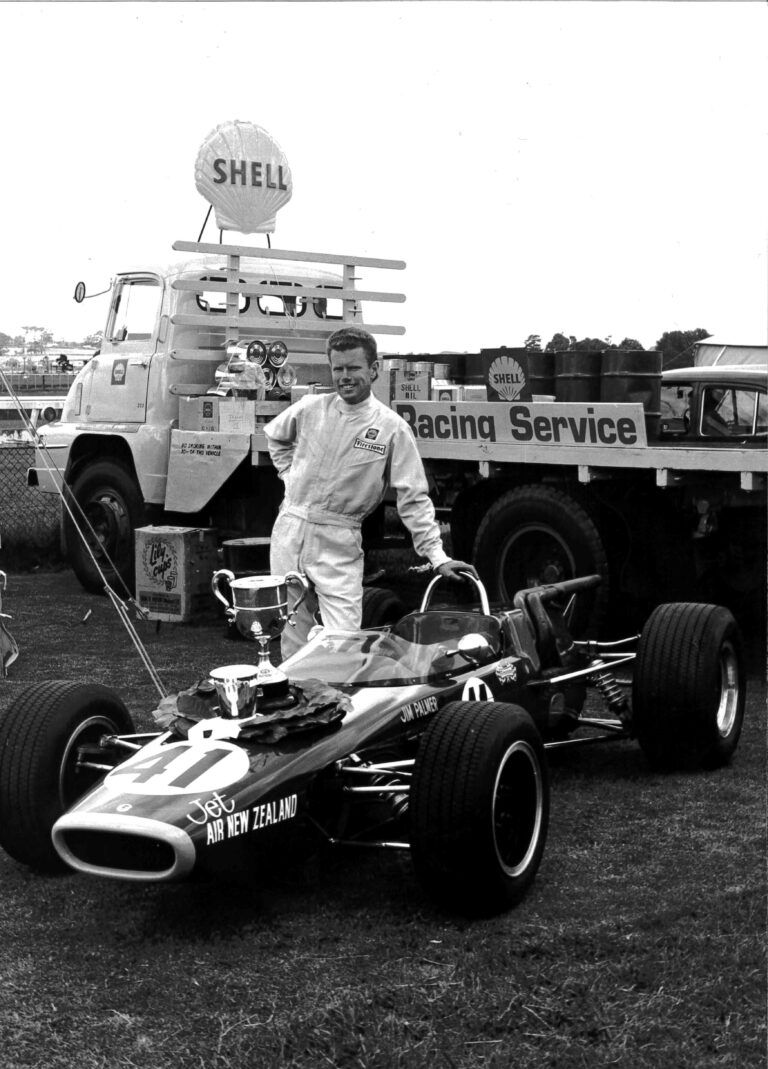1963 DATSUN BLUEBIRD 1200
A quarter of a century before boy racers put their caps on back to front, reclined their seats and drove their cheap Japanese imports through town we saw an altogether different cheap Japanese import here in NZ.
Our cover car this issue was found stored in a shed in Warkworth. A project car, it had spent three decades waiting for the proverbial full nine yards. During that time, a few bits had been attended to: new tyres, new brakes, but not much else. When the new owner took the car he was able to start and even drive the car, although it was trailered back to Auckland. The car has undergone a complete restoration by the owner where he undertook every stage of the restoration himself apart from the engine reconditioning. A stunning classic car is the result of all this effort.
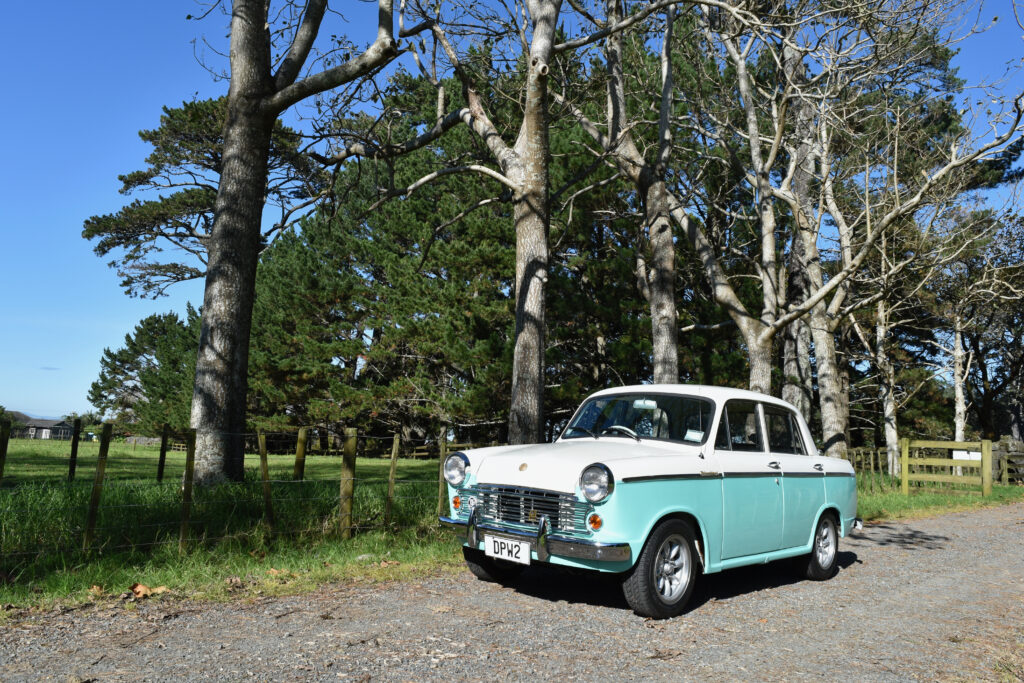
FORD GT40 REPLICA
In the 1960s, outstanding drivers and engineers on both sides of the Atlantic were hell-bent on winning the prestigious 24 Hours of Le Mans. Almost incredibly Kiwis Bruce McLaren, Denny Hulme and Chris Amon inserted themselves at the sharp end of one of the most memorable battles, inspiring an enduring dream in another local Kiwi boy.
The registration number and roundels of our feature car are a tribute to GT40P 1046, the black racing number 2 car driven to victory at the 1966 Le Mans 24 Hour Race by New Zealanders Bruce McLaren and Chris Amon. Like many other schoolboys of the time, Timaru’s Brian Stewart dreamed of getting behind the wheel of a GT40, pounding down the Mulsanne Straight through a blurred funnel of trees, or hammering around the tight hairpins and over the cobblestones of Sicilian village streets in the Targa Florio. It was a great time to go motor racing.
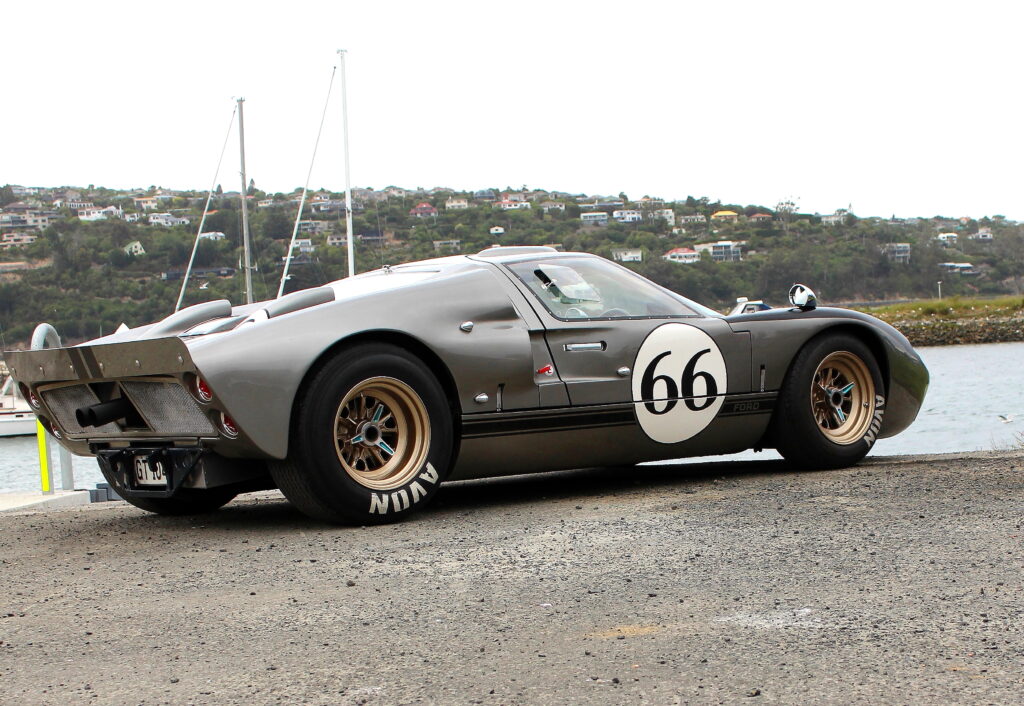
1991 Honda NSX – Japan’s unexpected supercar
Created to challenge the might of Ferrari, refined by F1 legend Ayrton Senna, and engineered for the everyman, the original Honda NSX is perhaps the greatest supercar surprise in automotive history.
The NSX we feature belongs to Wellingtonian Damian Alexander. Damian owned a Porsche 968 in an article featured in this magazine in recent times. He has traded that car in for something more in-your-face, more exclusive and more visceral – this 1991 NSX.
Damian only purchased the car this year and initially was going to use it as a Sunday driver. But he just can’t get enough of it. Catching the NSX bug was like catching Covid, infectious but without the flu symptoms and lethargy. Unlike Covid, he certainly didn’t lose his sense of taste either with the red beauty being very palatable from any angle.
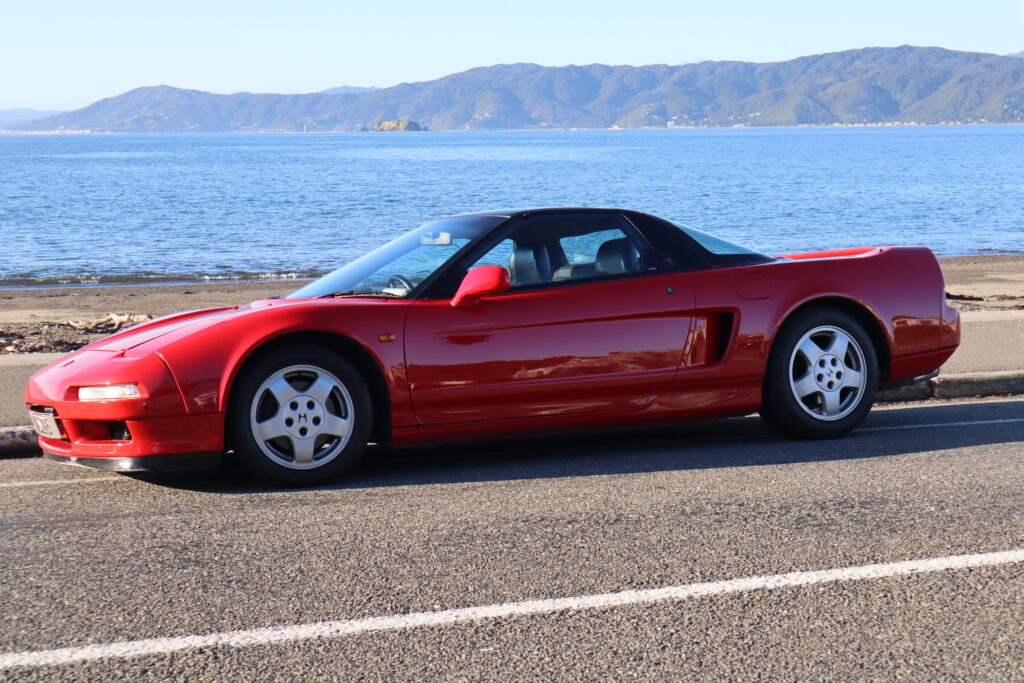
VW KOMBI LT35 – Roaming home
Originally a Devon conversion fitted with 13 seats and 15 windows, our featured Kombi has been converted into a worthy camper, providing a mobile home for family trips on both sides of the world, musical excursions and a lifetime of memories.
This 1989 LT35 is owned by Wellingtonians Greg Crayford and his partner, lawyer Fran Rigby. The name may be familiar, Greg, having played in bands in and around Wellington and New Zealand for over thirty years. He is part of the Crayford jazz dynasty in Aotearoa and beyond.
Greg bought the van upon arriving in London in 2002 with an extended family of varying ages in tow. He begged, borrowed, and stole various items to convert the former passenger van into a suitable camper. It needed beds, a folding table, plumbing, electrics and a mini kitchen along with a gas bottle supply for cooking.
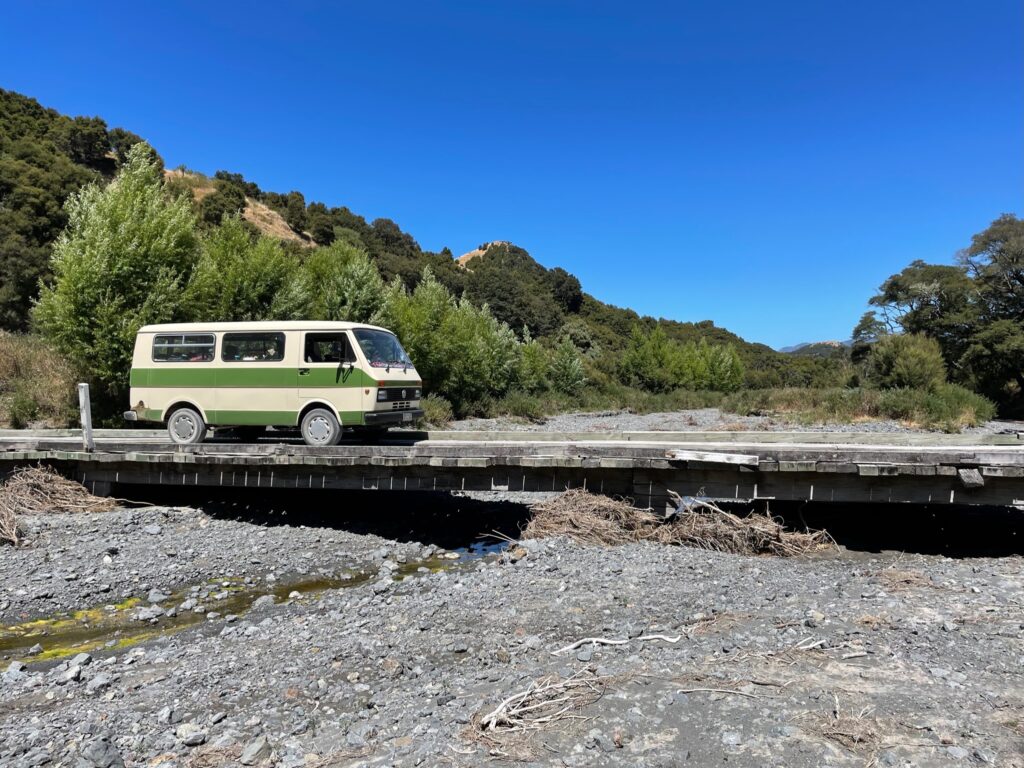
THE KAISER-DARRIN 161 – America’s other first fibreglass sports car
Chevrolet’s Corvette is often claimed to be America’s first fibreglass-bodied sports car but the Kaiser-Darrin 161 can make the same claim.
When GIs were stationed in Europe – especially in England, Germany, France, and Italy –they were exposed to a kind of car not offered domestically either before the war or after. These were small, lightweight – compared to typical American cars, anyway – two-seater sports cars. And they wanted their own.
Following World War II, Kaiser teamed up with Graham-Paige auto executive Joseph Frazer to form Kaiser-Frazer Corporation in 1945. The two combined to produce a series of innovative passenger cars, starting in 1947 with the Kaiser and Frazer sedans, differing in trim details. These were among the first all-new passenger cars introduced in the US following the end of World War Two.

1966 VAUXHALL VISCOUNT & 1971 FORD EXECUTIVE – The Next Best of British
For many decades it was an accepted fact that when it came to building luxury cars, the British showed how it should be done. Names like Rolls-Royce, Jaguar, Riley, Wolseley, and Rover, to name but a few, came to the forefront at this time, when luxury was on the agenda and these marques were at the top of their game. Their signature was soft leather, deep carpets with lashings of wood scattered around the car. At least that was how it was until a decade or so after World War II. By this time manufacturers had worked out that people who paid a fortune for their cars could also stand to pay a lot for the parts needed to keep them running.

MARY CARNEY Part 1 – MAKING HISTORY: By Gerard Richards
Mary Carney, was the first woman to win an open New Zealand Championship motor race
Over the years I’ve tracked down many of the legends of New Zealand motor racing. It’s always been a privilege to sit in their presence and hear firsthand some of the antics that I witnessed in my adolescence and then write up their stories for this magazine.
Many of the icons had a truckload of success. Some of these included Graham McRae, Jack Nazer, Robbie Francevic, Grahame Harvey, Graeme Lawrence and many others. They blazed a trail both internationally and on the home front that made them almost demi-gods in the eyes of motorsport fans like me.
Lately, I have found myself drawn to seeking out those other personalities whose stars have dimmed over the course of time. There are many reasons why this happens but the fascination for me is the great potential that they showed when they were briefly caught in the limelight.

KITS & PIECES – by Patrick Harlow
Sambar – Son of a race car
Born in heartland Bunnythorpe, the Sambar had all of the elements needed for a successful rugged New Zealand farm vehicle, except sales. The Sambar was a utility vehicle built in the little town of Bunnythorpe located between Feilding and the city of Palmerston North. Only 18 of these tough little workhorses were produced between 1992 and 2001.
Designed to be tossed around on farms it is surprising to learn that any have survived. My quota of surprise was used up when I learned that two of them are owned by a father and son who live around the corner from each other in the city of Upper Hutt.
Paul Slater bought his Sambar in 2007 to use at his Himatangi batch as a beach basher. At the time he was looking for a quad bike and, as the Sambar was advertised as a quad bike by its previous owner, it came up in Paul’s search. Happily it was not a quad bike, but a great family runabout on the beach.

MOTORMAN – THE SAGA OF THE TEMPLE BUELL MASERATIS
Among the famous and colourful entries for the sixth New Zealand Grand Prix at Ardmore were two Maserati 250Fs entered by a wealthy American. Donn Anderson delves into the intrigue behind the cars and their owners.
Swiss-born Hans Tanner and American Temple Buell were apparently among the many overseas visitors who arrived in New Zealand for the Ardmore Grand Prix and Lady Wigram trophy in January 1959. Unlike Stirling Moss, Jack Brabham, Ron Flockhart, Harry Schell and Carroll Shelby who lined up for the sixth New Zealand Grand Prix that year, Tanner and Buell were not racing drivers but they were key players in international motor sport.
Neither the rotund and cheery Buell nor the multi-faceted Tanner were keen on being photographed and the word ‘apparently’ is used in the absence of hard evidence that Buell actually arrived in this country 64 years ago.
As a 13-year-old school lad struggling to produce a fledgling cyclostyled motoring magazine, I was fortunate enough to meet Carroll Shelby in the Ardmore pits that year but was unaware that either Buell or Tanner were in Auckland.

MARKETPLACE REPORT – By Ben Selby
Is Jaguar finally forgiven for the XJS?
Following up a car like the E-Type was always going to be a tall order for Jaguar
The E-Type, or XKE as it is known Stateside, is often cited as the most beautiful car ever to grace public roads. It was certainly a hard act to follow, which is perhaps another reason Jaguar decided to aim its new two-door ‘sports car’ at quite a different market segment. Produced from 1975 to 1996, the XJ-S, later called the XJS, was Jaguar’s flagship for almost a generation, but it took time for the public to accept this comfortable grand tourer as any kind of E-Type successor.
“It took the purists a long time to warm to the XJS,” says Jaguar enthusiast and XJS owner Steve Parlane. It did have one thing in common with its predecessor, though. “It’s a shape like no other which is immediately recognisable from hundreds of metres away.”
Available as either a six-cylinder or the flagship V12, as a coupé, a coupé-cabriolet in the form of the XJSC, or a full cabriolet, the XJS is regarded as one of the most comfortable classic cars around.

MOTORSPORT FLASHBACK – By Michael Clark
Chris Amon
The 20th of July this year will mark the 80th anniversary of the birth of the man who some regard as the most naturally gifted driver this country has ever produced
If motor racing trivia was an Olympic sport, and each nation had to be represented by two F1 drivers, we’d at least get a medal – and probably gold – with Howden Ganley and Chris Amon. Howden’s knowledge of motor racing history is impressive while Chris could back it up, especially with questions on the Indianapolis 500.
The Amon interest in motor sport started while at Huntley School in Marton, when he borrowed the Australian Modern Motor magazine of one of his mates, as he told me as I was putting the finishing touches on Eoin Young’s Forza Amon. “There was a report on the 1956 French Grand Prix at Reims won by Peter Collins in a V8 Lancia-Ferrari. I was really fascinated by it and read it over and over – suddenly I had an interest in motor racing!”

COACHING FROM THE BENCH – thwarting thieves: By Jim Richardson
You can’t stop pros, but you can thwart most thieves most of the time by making your classic more difficult to steal. Here are some tricks that I picked up over the years that have worked well for me
A convenient theft prevention device is the two-piece battery terminal. The part of the terminal that grips the battery post is insulated from the piece that goes to the cable by a thick piece of plastic. Connecting them together to allow you to start the car is a removable knob that you take out and pop into your pocket when you leave the vehicle. This device will certainly fluster a drunk, but it is pretty easy to defeat if a thief carries his own knob or can scrounge up a correct size bolt.
Two-piece battery terminals do make disconnecting your battery a breeze though, and that’s great when you want to work on the car, or want to store it for a prolonged period as it prevents components such as electric clocks from running the battery down.
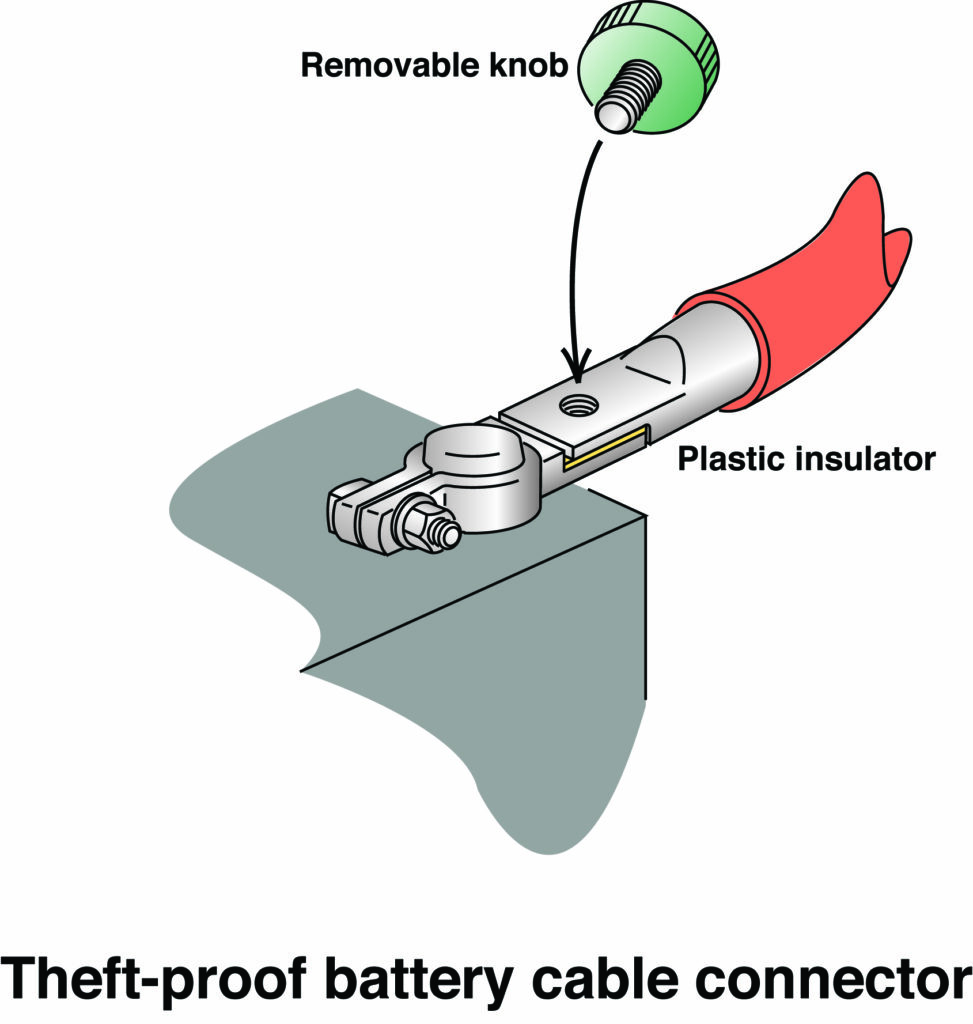
PRICE ON – by Greg Price
REGULATIONS; Regulations are simply legislation by stealth
Given that I seem to be noticing an increasing number of people I know are passing on to that great highway in the sky – the one without potholes – lately, I thought it worth noting how much trouble has been caused to grieving relatives by bureaucratic noddies at the New Zealand Transport Agency, now alternatively known as ‘One Canoe’. I’m referring to the pointless difficulty and expense now involved in dealing with a deceased person’s motor vehicle(s).
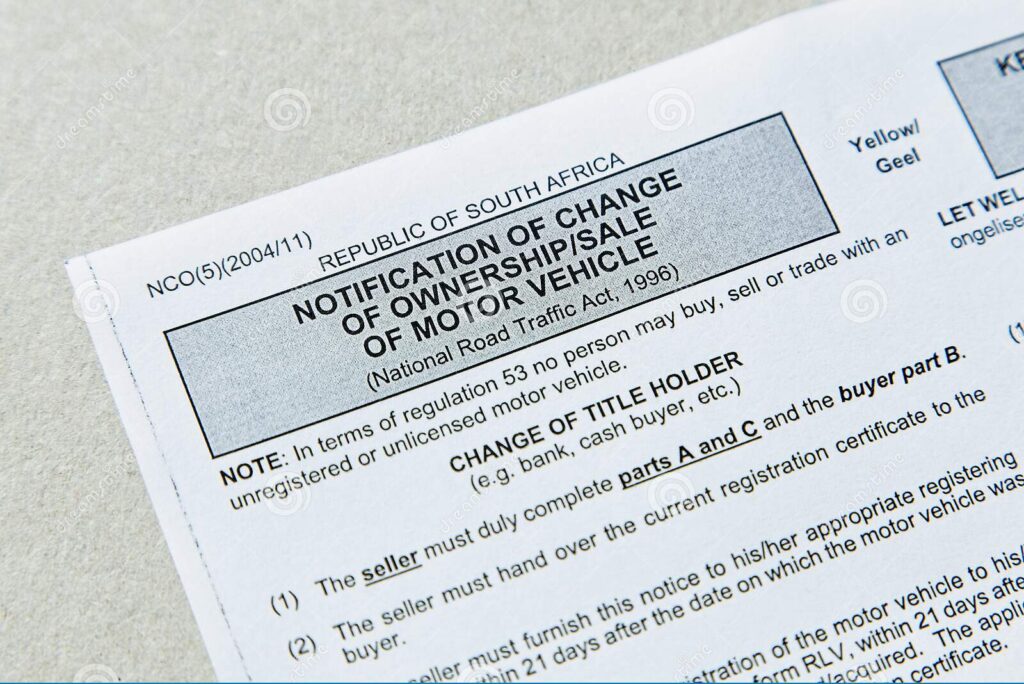
BOOK REVIEW – by Mark Holman
TAKE THE WHEEL: A fond look back at the HD and HR Holdens: by Glenn Flinkenberg.
Published 2022 by Catch Phrase Media. ISBN 978-0-473-64854-1. Price $60 from the author, who also supplied the review copy ([email protected]).
This book is written by a knowledgeable uber-enthusiast for the HD and HR Holdens, but it’s not over the top or bogged down in detail. These 212 pages start with wonderful period GM publicity material and adverts for all possible variations of the HD and HR Holdens, full of gushing text and boundless 1960s optimism.
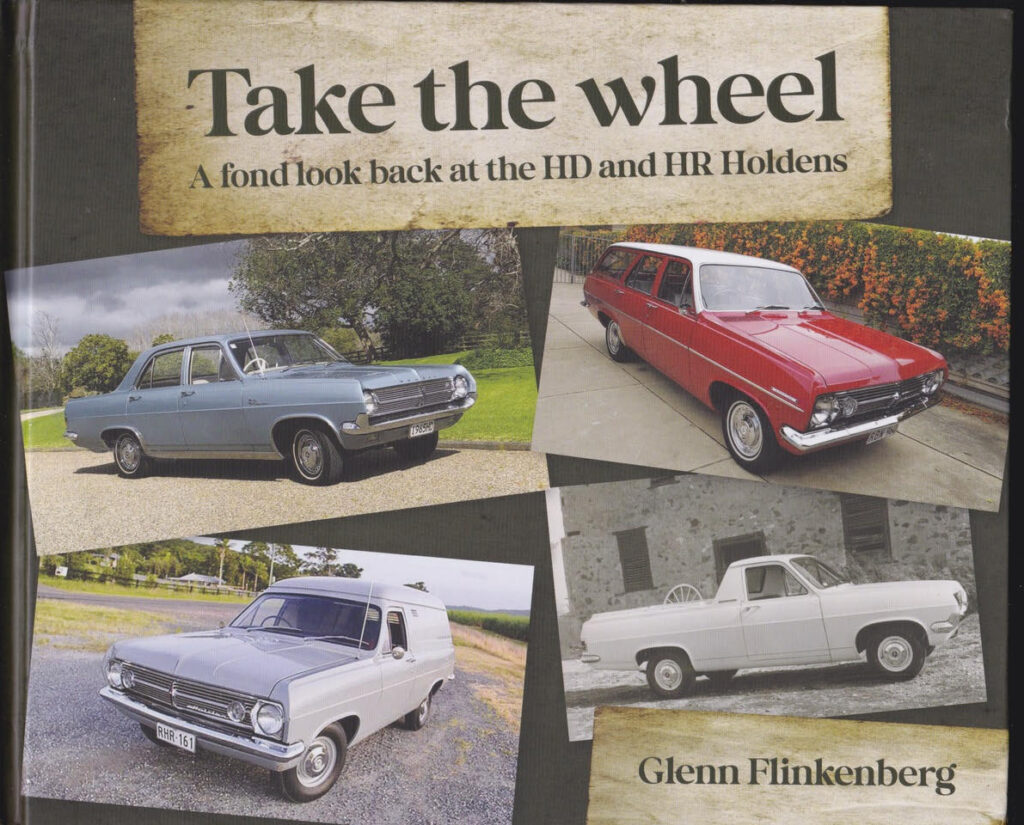
CLASSIC EVENT REPORTS
Highlands Festival of Speed 2023, Zephyr, Zodiac and Consul Nationals at Twizel, and the Wheels at Wanaka festival which contributed $19 million to the local economy.
Legendary racing car driver Greg Murphy was full of praise for the Wheels at Wanaka show held at Easter this year, which attracted nearly double the previous crowd of 25,000 achieved in 2021.
To purchase a copy of this magazine, a back issue or to subscribe to a print or digital version of the magazine, head to our online shop.


